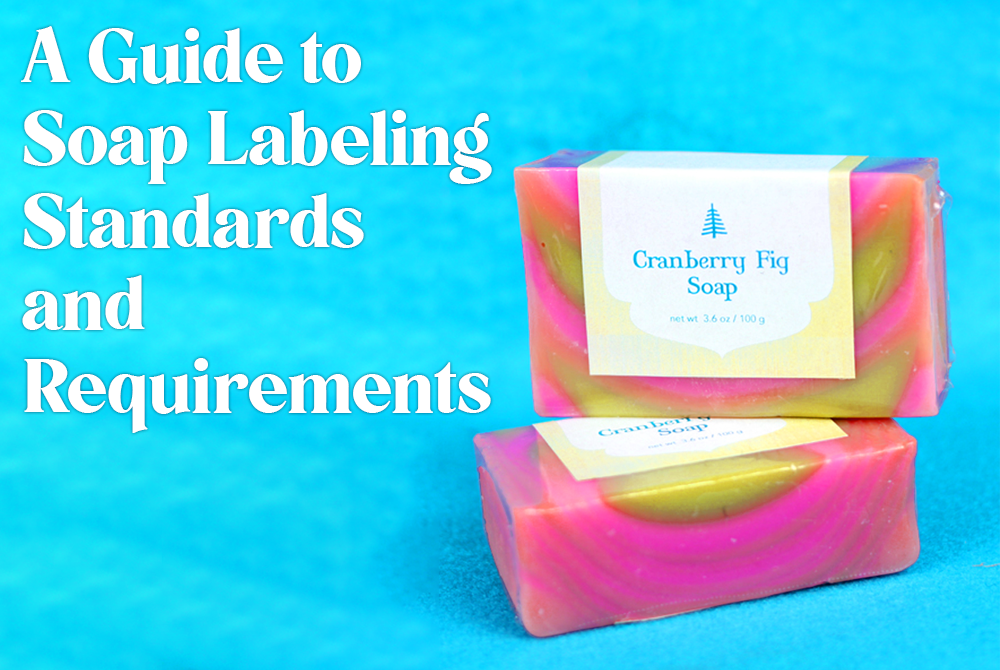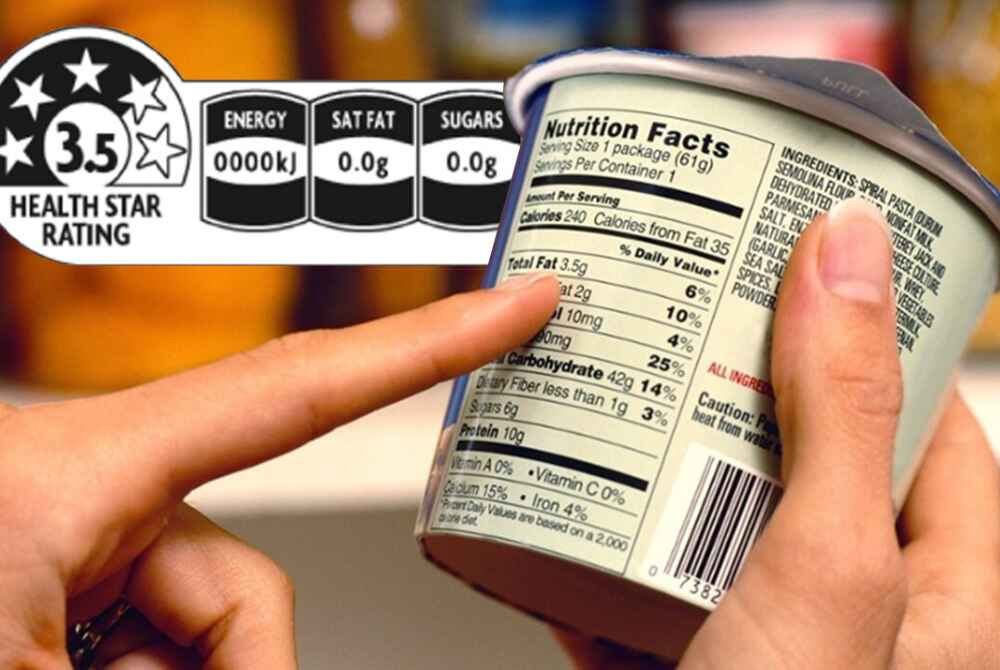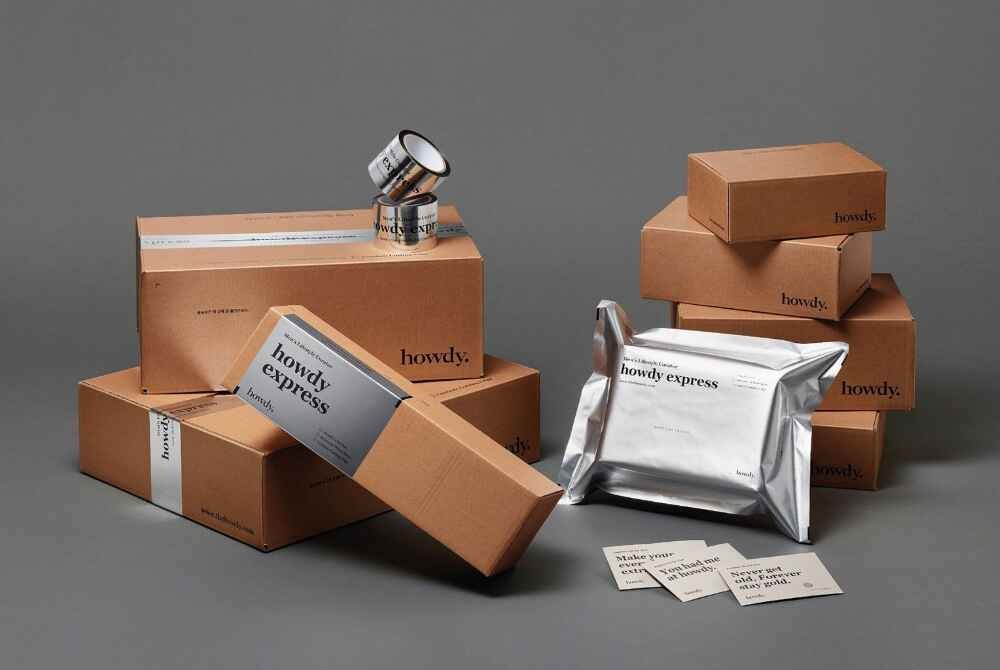A Guide to Soap Labeling Standards and Requirements
General

Table of Content
- What Are the Labeling Requirements for Soap?
- Types of Soap and their Labels
- Important Standards for Soap Labels
- What is the difference between Cosmetic vs. Soap Labeling?
- Soap Labeling for Small Businesses
- International Soap Labeling Standards
- Eco-Friendly Labeling Trends
- How To Create FDA-Approved Soap Labels
- Labeling Done Right
Labeling matters most when you are going to deal with selling soap, from hand-made and organic to mass-produced soap, it is the one thing that cannot be missed. For soap labeling standard and requirements, information should be more than just red tape, they are the best protection for the consumer, a pillar of brand trust and finally, a legal obligation. If you make or sell soap you can save thousands of dollars avoiding what other soap makers have done and what customers are looking for when choosing the right product, that will make the product stand out on the shelf. Now, you have one of the most comprehensive requires on soap labeling guidelines, from FDA soap labeling rules to cosmetic labeling standards, etc.
What Are the Labeling Requirements for Soap?
The U.S. Food and Drug Administration (FDA) has a say in the labeling of soaps, though rules differ based on the category of soap. Depending on the claims made about them, some soaps are judged to be cosmetic products and some are drugs. The good news is that there are some guidelines provided by FDA which also help the manufacturers to get the rules right for example soap packaging labels.
Types of Soap and their Labels
Not all soaps are created equal. There are many different classes of soaps and the labeling requirements differ. Here's a quick breakdown:
-
Bar Soap
Bar soap is the traditional, solid soap that is what most of us use daily. So if, you use your soap mostly to clean, the FDA places your bar in the cosmetic ingredients category, so you are required to follow the labeling guidelines found in the Fair Packaging and Labeling Act (FPLA). Such as :
- Name of the product
- Ingredients
- Who manufactured it?
- Net weight
- Warnings, etc.
-
Body Soap
Body soap is also cosmetic, like bar soap, and similar labeling requirements apply. The main difference is that body soap may have more specific type of claims (i.e. moisturizing vs anti-aging type claims), so they must be validated. For example, do not put claims on body soap that would make it a drug for labeling purposes.
-
Soap Base
If you are selling soap base to others, either for wholesale soap or bulk soap, your soap base must clearly list the ingredients and must include a statement that it is for the manufacturing of soap. Most soap bases are not for direct skin use unless fully processed in a final product, so that information should also be on the packaging not to confuse consumers.
-
Wholesale Soap and Bulk Soap
When you are selling wholesale soap or bulk soap, your packaging should be straightforward and to the point. If you are bleating it out to retailers or additional soapmakers, you want to picnic them satisfactory labeling nest egg over a indicate of what they are working with. The labeling on wholesale soap is similar to bar soap; it may contain the product name, ingredients, weight, and warnings.
-
Private Label Soap
Private label soap is the top choice for wanting to have branded soaps to sell but not want to go through the process of creating it from the ground up. Usually the soap is provided by the manufacturer and you can just apply your own label and call it a day. But the indication requirement will still hold.
As for other soaps, private label soap should have:
- An ingredient list
- Product name
- Manufacturer contact info
- Weight
Important Standards for Soap Labels
Having seen the classification of broad types of soap, let us look into how soap products are labeled specifically in the U.S.
-
Product Name
Searchable name of a product should explain product. For example, if you make essential oil based bar soap ,that name needs to say it. For example, "Bar Soap: Lavender Essential Oil" or "Body Soap: Citrus." The name should not be misleading, and it should be in line with the actual nature of the product.
-
Ingredients List
This is crucial in the case where you are selling private label soap or bulk soap, the ingredients list should be true or accurate and listed from most to least concentrated. If a soap contains essential oils, colors or preservatives, they all need to be identified. All ingredients must be listed under their familiar or common name, and as actual science should make available on request its database, a database proving that this ingredient will cause no harm must also be available in a database.
-
Net Weight or Volume
The net weight or volume of your soap should be listed on the label. This is especially relevant in the case of bar soap and body soap products, where customers would want to know precisely what amount they are receiving. It should be measured in U.S. customary units (e.g., ounces) and in metric units (e.g., grams).
-
Manufacturer Information
You must have a legitimate business address (with city, state and ZIP code) in clear view on the label. This is especially vital to include if you are selling wholesale soap because retailers need to know whom to contact if there is any issue with the product.
-
Product Claims
Now if your soap has the audacity to claim anything (like "moisturizing," "sensitive skin," "organic," etc) obviously the claim can't be misleading. If you're promoting the soap that way, saying it cures acne or something similar. You can quickly find your soap falling under the FDA's drug rules. That would mean it could stay on the market only if it met additional requirements, such as labeling that was more specific about what drugs were being claimed.
-
Warnings and Directions for Use
Some soaps, particularly those containing active ingredients, may need special cautions or directions for use. In case your soap has potent exfoliating agents or antibacterial agents, this should be on the label as well so that the user does not misuse it.
-
Expiration Date
Not all soaps need to have an expiration date, but if a product contains food or has more organic ingredients then this may be required. This is typically found in private label soap that uses more perishables or additives.
-
Bar Code and QR Codes
There are some manufacturers that have a barcode or qr code on soap packaging. Not mandatory, but useful for wholesale soap distributors and retailers.
What is the difference between Cosmetic vs. Soap Labeling?
Important to compliance is the distinction between cosmetic soap and true soap. Here’s a quick analysis:
- Real Soap: If your product is mostly promoted for cleansing and is created from fats and alkalis, it’s considered genuine soap. True soap has less labeling requirement from the FDA but you must include the name of the product and the net weight.
- Cosmetic Soap: If your soap promises extras such as moisturizing, exfoliating, or deodorizing, it is considered a cosmetic. In other words, it has to meet more stringent cosmetic labeling requirements , half of which include a full ingredient list with the FDA leading the charge towards more transparency.
Soap Labeling for Small Businesses
Soap labeling can be confusing for the small business owner. But fear not, it is easier than you think. First, read up on FDA soap labeling guidelines and cosmetic labeling standards. Get soap label templates to make sure you provide all the required information. But all online sellers should be sure to check soap labeling for e-commerce, since some sites have specific requirements.
Add a personal touch and for your handmade soap labeling this can be done by; Tell your story, your eco-friendly soap packaging process, or add a QR code to your site link. This not only brings trust, but it also distinguishes your brand.
International Soap Labeling Standards
Now if you are going to be selling your soap internationally, you will also need to follow international soap labeling requirements. Such as regulations of the European Union to ingredient designation and pollen notifications. Health Canada regulates soap labeling under Cosmetic Regulations in Canada. Be sure to look up the precise requirements for the countries you wish to sell to.
Eco-Friendly Labeling Trends
Eco-friendly soap packaging is a rising trend with consumers becoming more earth-friendly. Use stable, recycled material as your label or package. Phrase like, recyclable packaging, or, made with 100% natural ingredients, are also great ways to call out your commitment to sustainability through your label. Which appeals to environmentally friendly buyers and also meets organic soap labeling guidelines.
How To Create FDA-Approved Soap Labels
Making sure that your soap labels comply with the FDA rules doesn’t have to be difficult. Here’s a step-by-step guide:
- Assess the Classification of Your Product: True Soap vs. Cosmetic Soap
- If it is a cosmetic, list all ingredients with INCI names.
- Add net weight and be consistent with unit and font size.
- Include business info, Your name and address.
- Maintain clarity and brevity when including instructions and precautions
- Use soap label templates or hire a pro.
Labeling Done Right
Soap Labeling is an important aspect of soap manufacturing and one not to be overlooked. Be it bulk soap, wholesale soap, or your own private label soap made your brand, the industry standards & regulations governing soap labels can make or break a brand for you. Make use of the FDA guidelines, hit on the main points of disclosure, and just dress up your soap in pleasing packaging and you end up with a bar that is attractive but compliant.
So, next time you get ready to release a batch of bar soap or body soap, remember that a good label is more than just pretty, it is clearer, safer, trust better. So, what are you waiting for? why not make the perfect soap label now and let your brand shine today?














